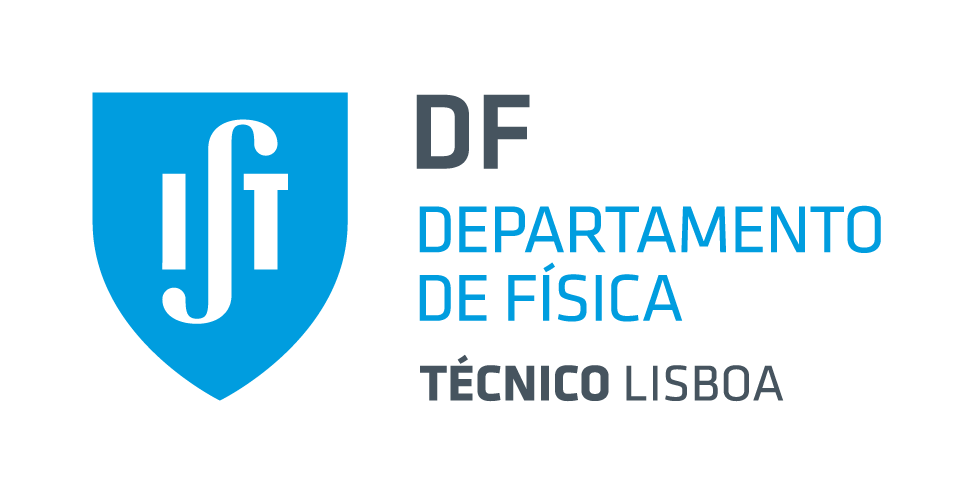Newsfrom our faculty members and students
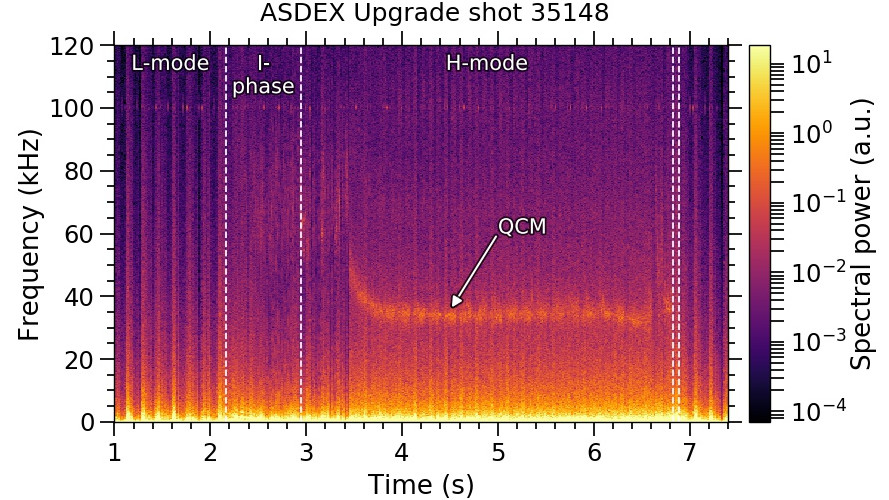
Luís Gil receives PhD in Engineering Physics
January 12 2021On 12 January 2021, Dr. Luís Gil received his PhD in Engineering Physics with a thesis entitled 'Stationary ELM-free H-mode in ASDEX Upgrade'. His work was supervised by Dr. Carlos Silva (IST) and Dr. Tim Happel (IPP-Garching, Germany).
The thesis committee consisted of Dr. Amanda Hubbard (MIT, MA-USA), Dr. Arne Kallenbach (IPP-Garching, Germany), Dr. Bruno Gonçalves (IST), Dr. Carlos Silva (IST) and Prof. Luís L. Alves (IST, President).
Congratulations Luís !
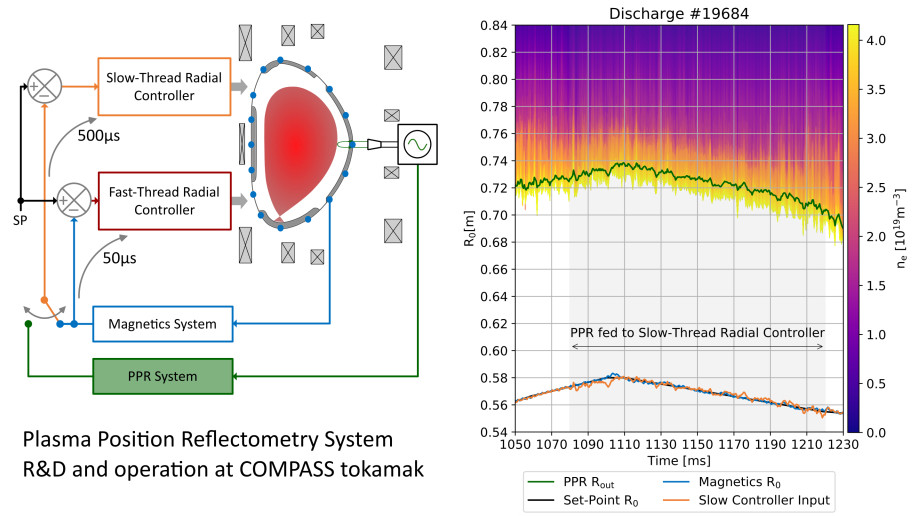
Pedro Lourenço receives PhD in Engineering Physics
December 11 2020Last December 11, Dr. Pedro Lourenço received his PhD in Engineering Physics with a thesis entitled 'Real-Time Plasma Position Reflectometry on
COMPASS Tokamak'. His work was supervised by Prof. Horácio Fernandes (IST), Dr. Martin Hron (IPP-CAS, Czech Republic) and Dr. Jorge Santos (IST).
The thesis committee consisted of Dr. Wolfgang Treutterer (IPP-Garching, Germany), Dr. Carlos Silva (IST), Dr Aleš Havránek (IPP-CAS, Czech Republic), Prof. Horácio Fernandes (IST), and Prof. Luís L. Alves (IST, President).
Congratulations Pedro !
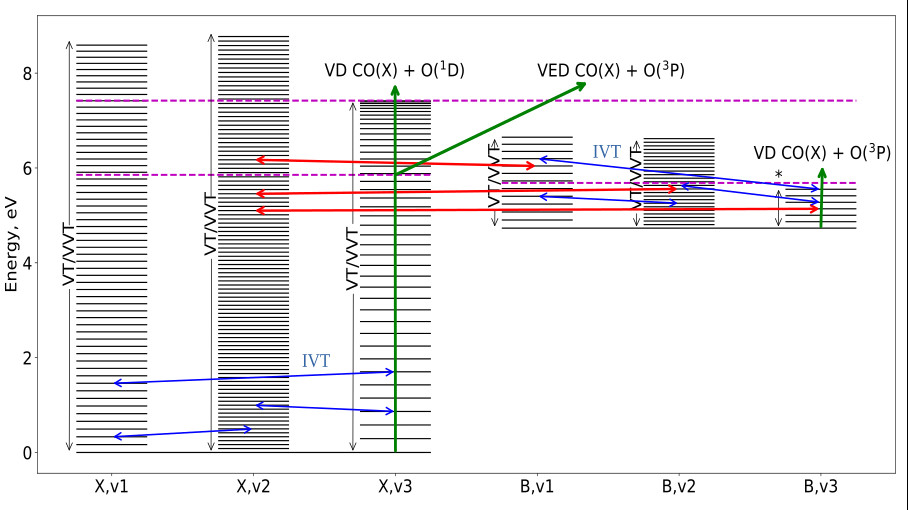
João Vargas receives PhD in Engineering Physics
November 14 2020Last November 13, Dr. João Vargas received his PhD in Engineering Physics with a thesis entitled 'High-Temperature Non-Equilibrium CO2 Kinetic and Radiation Processes’. His work was supervised by Dr. Mário Lino da Silva (IST) and Dr. Bruno Lopez (University Urbana-Champaign, IL, USA).
The thesis committee consisted of Dr. Christophe Laux (Ecole Centrale-Supelec, Paris, France), Prof. Vasco Guerra (IST), Prof. Elena Kustova (Saint Petersburg State University, Russia), Dr. Brett Cruden (NASA Ames Research Center, CA, USA), Dr. Mário Lino da Silva (IST), and Prof. Luís L. Alves (IST, President).
Congratulations João !
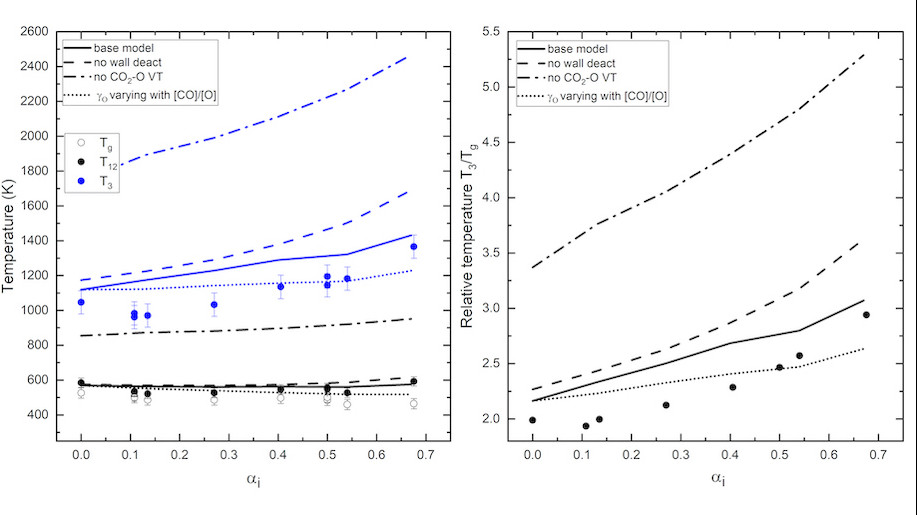
Polina Ogloblina receives PhD in Engineering Physics
November 10 2020Last November 10, Dr. Polina Ogloblina received her PhD in Engineering Physics with a thesis entitled 'In situ resource utilization on Mars using non-equilibrium plasmas’. Her work was supervised by Prof. Vasco Guerra (IST), Prof. Luís L. Alves (IST) and Dr. Olivier Guaitella (LPP/École Polytechnique, Paris, France).
The thesis committee consisted of Dr. Nikolay Britun (CLTPS, Nagoya, Japan), Prof. Carlos Pintassilgo (FEUP, Portugal), Dr. Mário Lino da Silva (IST), Prof. Vasco Guerra (IST), and Prof. Vitor Rocha Vieira (IST, President).
Congratulations Polina!
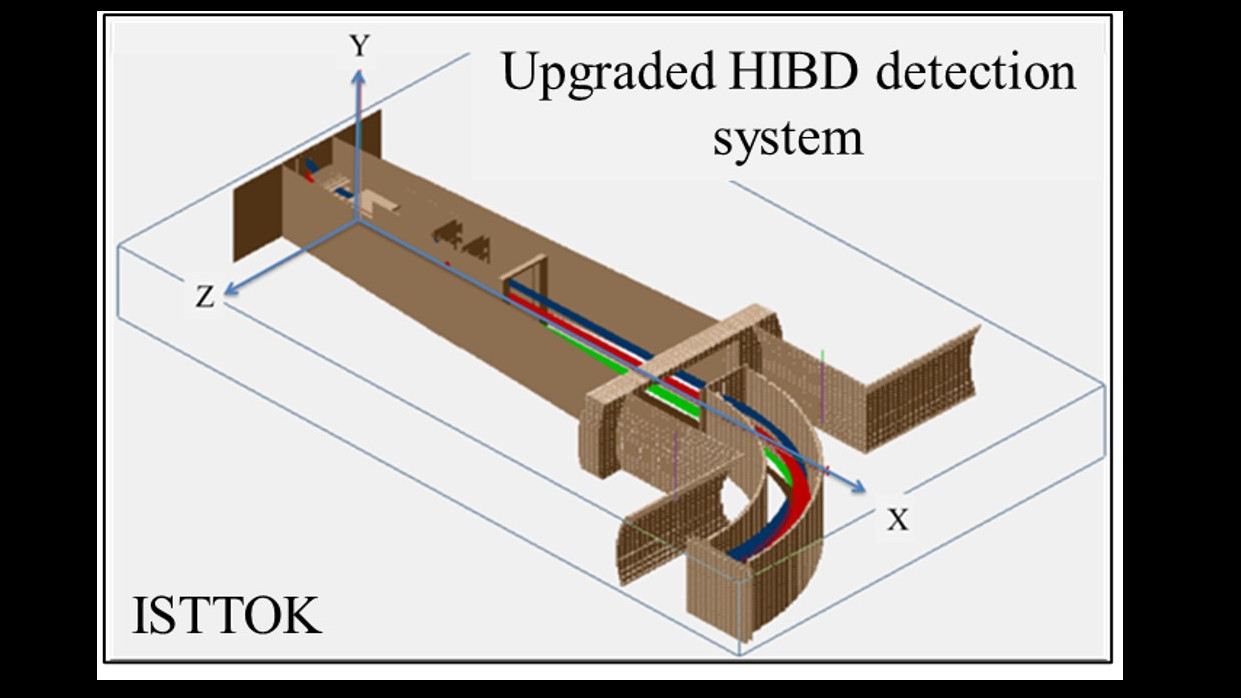
Ridhima Sharma receives PhD in Engineering Physics
October 30 2020Last October 30, Dr. Ridhima Sharma received her PhD in Engineering Physics by Instituto Superior Técnico / University of Lisbon and University Carlos III Madrid, with a co-tutored thesis entitled 'Cylindrical energy analyzer for heavy ion beam diagnostics’. Her work was supervised by Prof. Artur Malaquias (IST), Dr Carlos Hidalgo (Univ. Carlos III Madrid, Spain) and Dr Igor Nedzelskiy (IPFN/IST, Portugal).
The thesis committee consisted of Dr Martin Hron (IPP Praha, Czech Republic), Prof. Luis García (UC3M, Spain), Prof. Hartmut Zohm (LMU Munich and IPP Garching, Germany), Prof. Marek Scholz (INP Krakow, Poland), Prof. Bernardo Carvalho (IST), and Prof. Luís L. Alves (IST, President).
Congratulations Ridhima!
